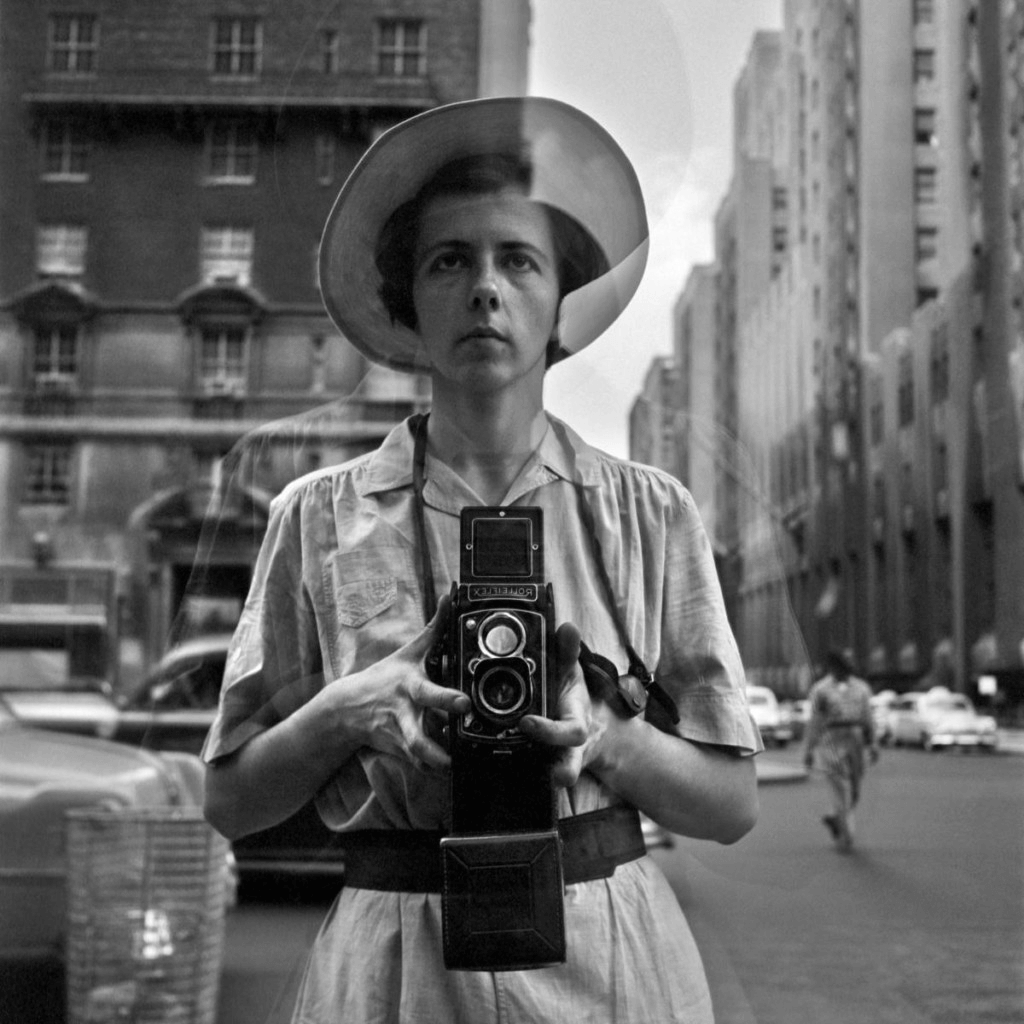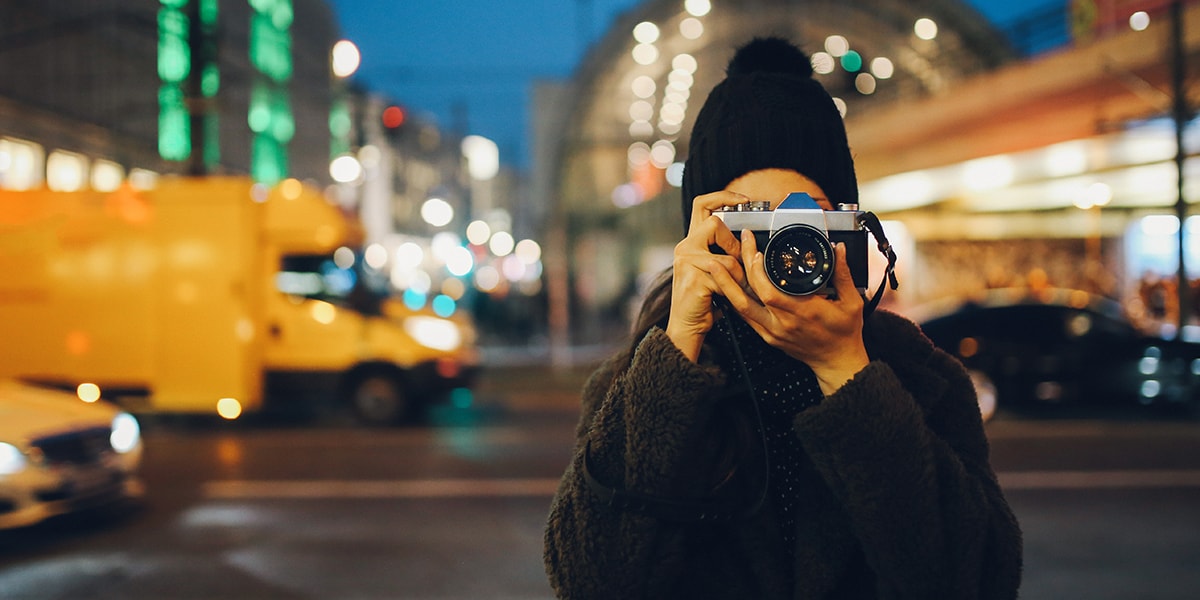Things about Framing Streets
Things about Framing Streets
Blog Article
5 Easy Facts About Framing Streets Described
Table of ContentsFraming Streets - TruthsLittle Known Questions About Framing Streets.Some Ideas on Framing Streets You Need To KnowHow Framing Streets can Save You Time, Stress, and Money.Some Ideas on Framing Streets You Need To KnowFacts About Framing Streets Revealed
Photography category "Crufts Pet dog Show 1968" by Tony Ray-Jones Road digital photography (also in some cases called candid photography) is digital photography carried out for art or questions that includes unmediated chance experiences and random occurrences within public areas, typically with the objective of capturing pictures at a decisive or emotional moment by careful framework and timing. 
The Best Strategy To Use For Framing Streets
Susan Sontag, 1977 Street digital photography can concentrate on people and their habits in public. In this respect, the street digital photographer resembles social documentary photographers or photographers who likewise operate in public locations, but with the objective of recording relevant events. Any of these digital photographers' photos may record people and property noticeable within or from public locations, which often requires navigating honest issues and laws of privacy, safety and security, and residential property.
Representations of day-to-day public life create a genre in almost every period of globe art, beginning in the pre-historic, Sumerian, Egyptian and early Buddhist art periods. Art managing the life of the road, whether within views of cityscapes, or as the leading motif, shows up in the West in the canon of the North Renaissance, Baroque, Rococo, of Romanticism, Realism, Impressionism and Post-Impressionism.
Some Known Details About Framing Streets
Louis Daguerre: "Boulevard du Holy place" (1838 or 1839) In 1838 or 1839 the very first picture of numbers in the street was recorded by Louis-Jacques-Mand Daguerre in among a set of daguerreotype views extracted from his studio window of the Blvd du Temple in Paris. The second, made at the elevation of the day, reveals more information an unpopulated stretch of street, while the various other was taken at regarding 8:00 am, and as Beaumont Newhall reports, "The Blvd, so continuously loaded with a relocating throng of pedestrians and carriages was flawlessly solitary, except an individual that was having his boots brushed.
, who was influenced to embark on a comparable documents of New York City. As the city developed, Atget aided to promote Parisian roads as a deserving subject for digital photography.

Getting The Framing Streets To Work
In between 1946 and 1957 Le Groupe des XV yearly exhibited job of this kind. Andre Kertesz. Circus, Budapest, 19 May 1920 Street photography developed the significant web content of 2 events at the Gallery of Modern Art (Mo, MA) in New York curated by Edward Steichen, Five French Photographers: Brassai; Cartier-Bresson, Doisneau, Ronis, Izis in 1951 to 1952, and Post-war European Digital Photography in 1953, which exported the idea of road digital photography globally.

Little Known Facts About Framing Streets.
The recording device was 'a hidden camera', a 35 mm Contax concealed below his coat, that was 'strapped to the breast and attached to a lengthy wire strung down the ideal sleeve'. Nonetheless, his job had little modern effect as due to Evans' level of sensitivities concerning the creativity of his project and the personal privacy of his topics, it was not published till 1966, in the book Lots of Are Called, with an introduction created by James Agee in 1940.
Helen Levitt, then an educator of kids, connected with Evans in 193839. She documented the transitory chalk drawings - Sony Camera that belonged to youngsters's road culture in New York at the time, along with the children who made them. In July 1939, Mo, MA's new digital photography area consisted of Levitt's job in its inaugural exhibitRobert Frank's 1958 publication,, was substantial; raw and frequently indistinct, Frank's pictures questioned traditional photography of the time, "tested all the official guidelines laid down by Henri Cartier-Bresson and Walker Evans" and "contradicted the wholesome pictorialism and genuine photojournalism of American magazines like LIFE and Time".
Report this page